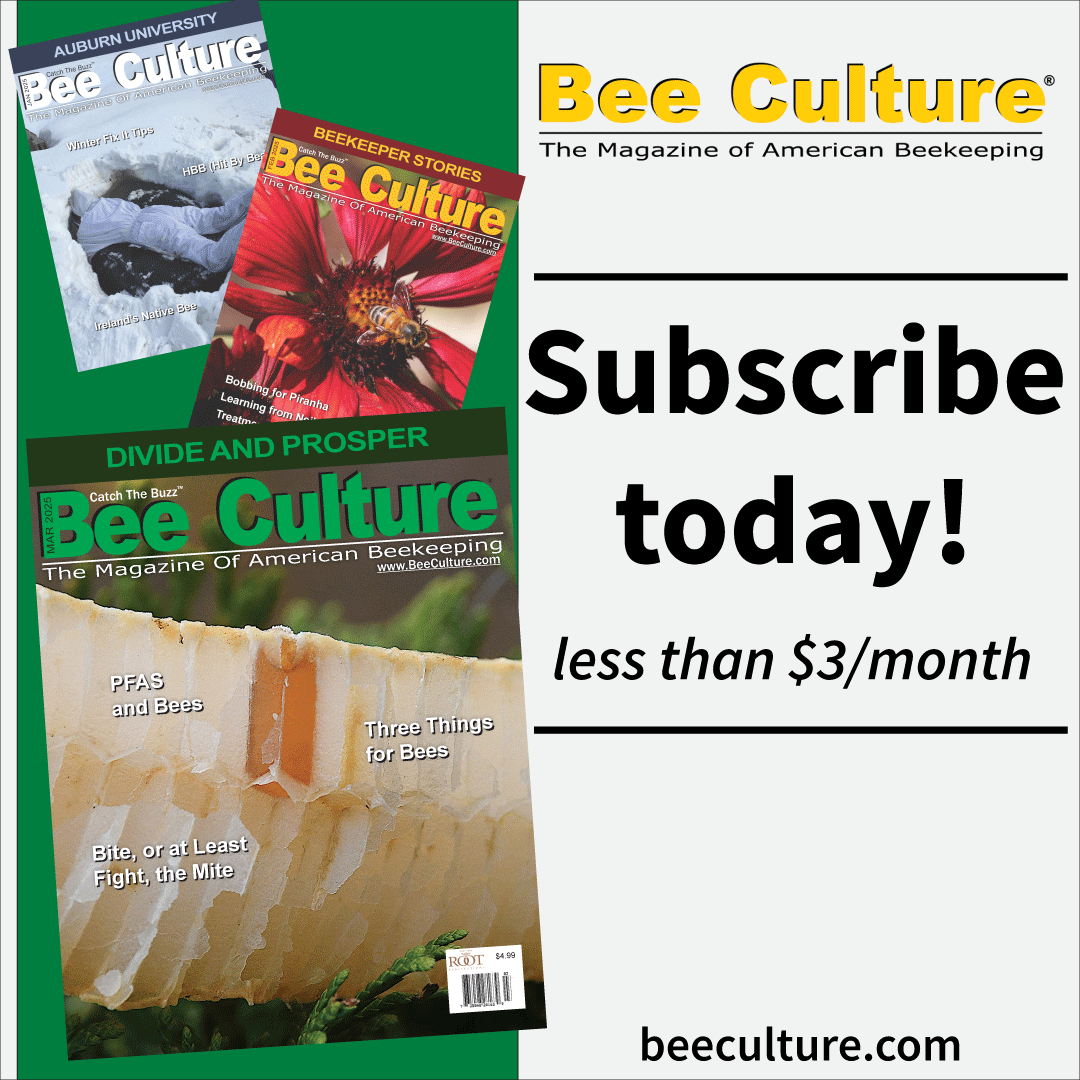Thousands of commercial honey bee colonies are transported long distances to pollinate California almonds.

The California-grown almonds in your trail mix or almond milk were likely made possible through the pollination services provided by honey bees. In the United States, all commercially grown almonds—a crop worth more than $5 billion in 2021—are grown in California. Almond blossoms largely require insects for pollination, and honey bees are widely used to provide this yield-supporting service. While some almond growers maintain their own honey bee colonies, many opt to secure pollination services by renting hives from beekeepers. Beekeepers often transport their commercial honey bee colonies more than 1,000 miles as part of an annual journey that typically begins in the Northern Great Plains—which includes North and South Dakota, Montana, and Minnesota—and proceeds to California and beyond. Driven by the timing of the almond bloom, between July 1, 2017, and January 1, 2018, an estimated 384,600 bee colonies were transported into California from the Northern Great Plains. Colonies also traveled from nearby areas of the West and Pacific Northwest, while still other colonies came from as far away as the Northeast and Southeast. Some beekeepers reported moving honey bee colonies more than 2,000 miles to pollinate almonds. After pollinating almonds and other crops in the region, many beekeepers later return to the Great Northern Plains to support colony recuperation and honey production. This chart first appeared in the USDA, Economic Research Service report, Honey Bees on the Move: From Pollination to Honey Production and Back, June 2021.
We are here to share current happenings in the bee industry. Bee Culture gathers and shares articles published by outside sources. For more information about this specific article, please visit the original publish source: USDA ERS – Chart Detail





